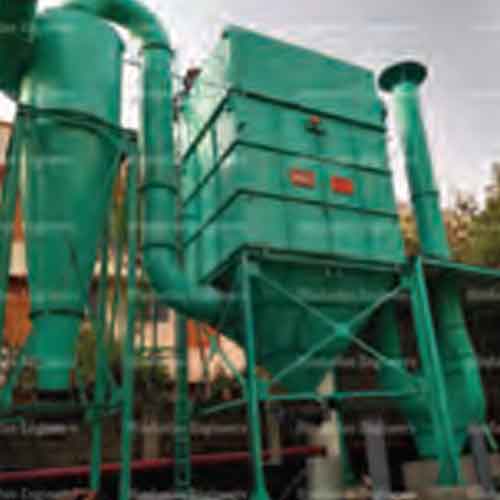Schedule a Call Back
Industrial Cyclones
Industrial Cyclones
Hindustan Engineers offers a wide range of industrial cyclones.
Product & Technology News










Hindustan Engineers offers a wide range of industrial cyclones.


INDUSTRIAL PRODUCTS FINDER (IPF) is India’s only industrial product portal. Referred to as the ‘Bible’ of the manufacturing sector in India,


INDUSTRIAL PRODUCTS FINDER (IPF) is India’s only industrial product portal. Referred to as the ‘Bible’ of the manufacturing sector in India,
Hi There!
Now get regular updates from IPF Magazine on WhatsApp!
Click on link below, message us with a simple hi, and SAVE our number
You will have subscribed to our Industrial News on Whatsapp! Enjoy


Schedule a Call Back
